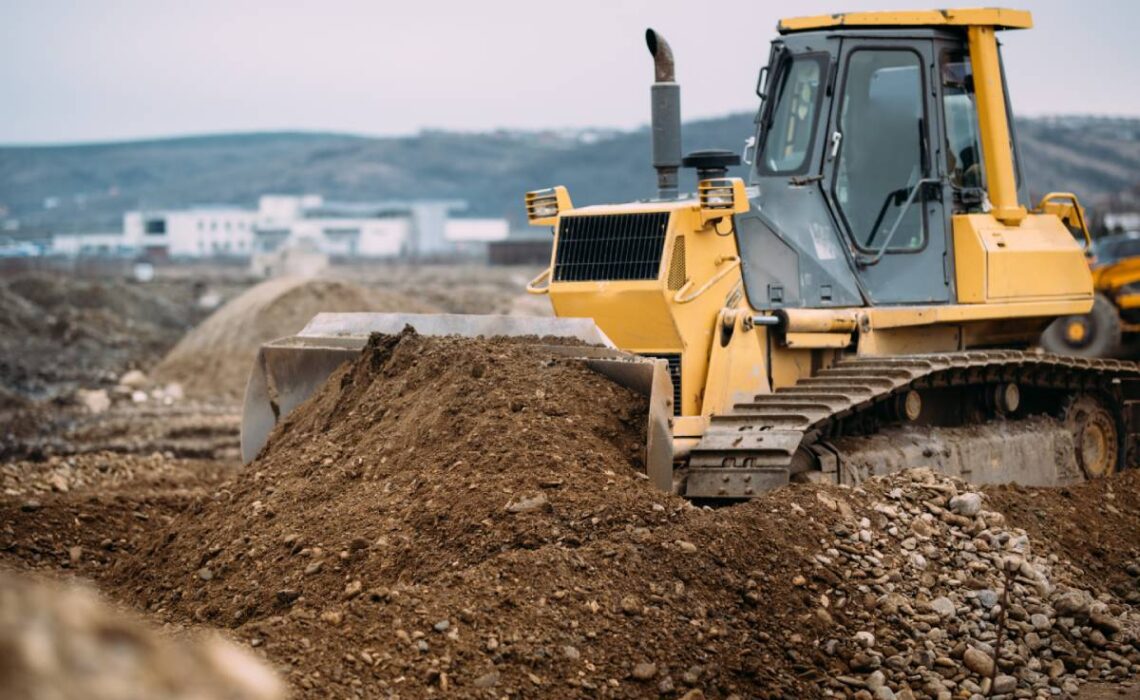
Whether starting your own landscaping business, having a swimming pool installed in your garden, or renting some machinery for an extension project, it helps that you fully understand the type of equipment and machinery that you will need to get the job done right.
For example, what is the difference between an excavator and a backhoe? Are they called diggers or excavators? And what exactly is an excavator used for? In this article, we’ll tell you everything you need to know.
What is the difference between an excavator and a backhoe?
Before we highlight the key differences between excavators and backhoes, first let’s define what each piece of equipment is…
What is an excavator?
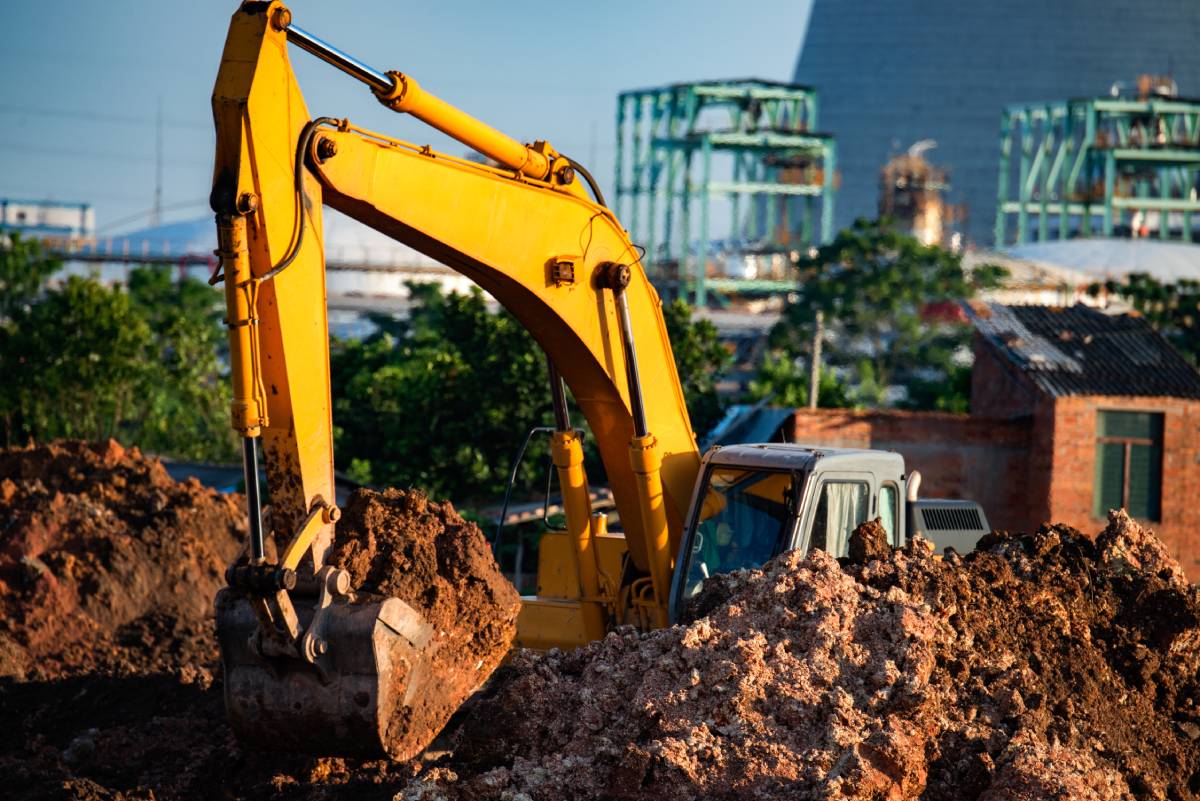
An excavator is a very powerful and effective digging machine. Excavators feature a large boom, stick, and bucket. Not only are they used for digging, but they can be utilised in the mining industry, for demolishing buildings, breaking and dredging, and more.
Excavators come in a wide variety of sizes and are classified as such:
- Mini excavators weigh less than 13k lbs
- Midi excavators weigh between 13k lbs and 22k lbs
- Standard excavators weigh in at between 22k lbs and 90k lbs
- Large excavators are heavier than 90k lbs.
The driver cab of an excavator swivels and rotates 360 degrees, thus allowing the driver to move the arm to dig and dump dirt while the undercarriage remains in place. In some cases, people refer to excavators as 360s, though this is less common in the UK.
More often than not, excavators have tracks, as opposed to wheels, as tracks are far better suited to manoeuvring on uneven surfaces.
One defining feature of excavators is the fact that the bucket can be swapped out and replaced with a wide variety of different attachments, such as grapples, rakes, augers, and breakers.
What is a backhoe?
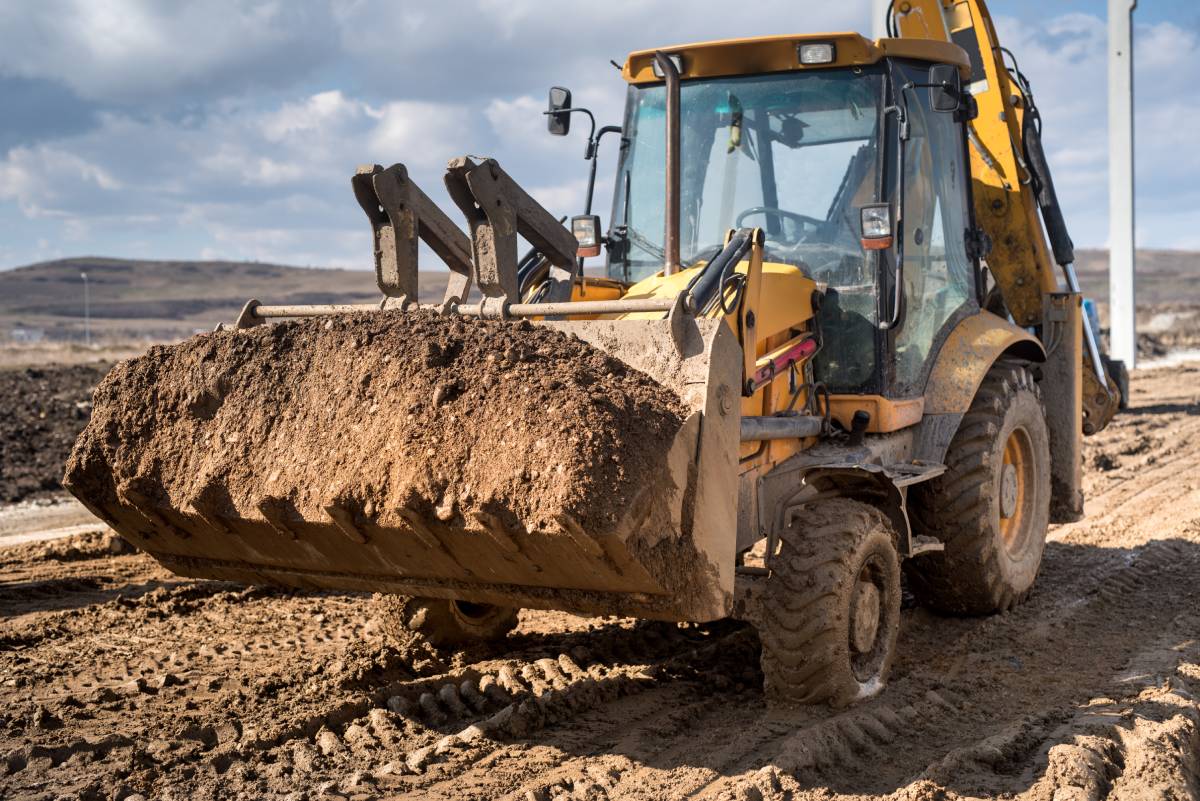
A backhoe is similar to an excavator, only they are smaller and much easier to manoeuvre. They have a boom, stick, and bucket at the back, and then a large loader attached to the front.
Your standard backhoe can easily dig to depths of 12 to 16 feet, however, some specialised backhoes can reach 19 feet. The back riggers of a backhoe offer the machine great stability, especially on uneven surfaces.
Similar to an excavator, backhoes can also be fitted with a wide variety of different attachments, from plough blades, forks, drum compactors, hammers, and much, much more.
Now that we know what excavators and backhoes are, what are the main differences between both pieces of equipment?
- The size of the job site in question: as excavators are much larger and heavier, they are far better suited to large sites – including industrial job sites, Backhoes, on the other hand, are more appropriate for medium-sized worksites and farmland. For especially small job sites, mini excavators are available – serving the same function as a standard excavator, only on a much smaller scale.
- The overall scale of the project: excavators offer far more power than backhoes, particularly when it comes to digging depth and demolition power. As such, they are perfect for the heaviest duties, whereas backhoes are ideal for medium-sized work, and so on.
- Required mobility: when mobility is an essentiality, for example, being able to move your machine between one jobsite and another, you will need to use a trailer for excavators (see excavator trailers by SureWeld as an example). Backhoes on the other hand can be driven on the roads at speeds of up to 25 miles per hour.
- Task at hand: medium and standard sized excavators offer a significant amount more power and efficiency when digging foundations, and trenches, and being used for demolition. For smaller to medium sized jobs, such as loading, material moving, and breaking (e.g., most landscaping jobs), backhoes are ideal. For demolition indoor or for backyard swimming pool development, mini excavators are the one.
Is it called a digger or excavator?
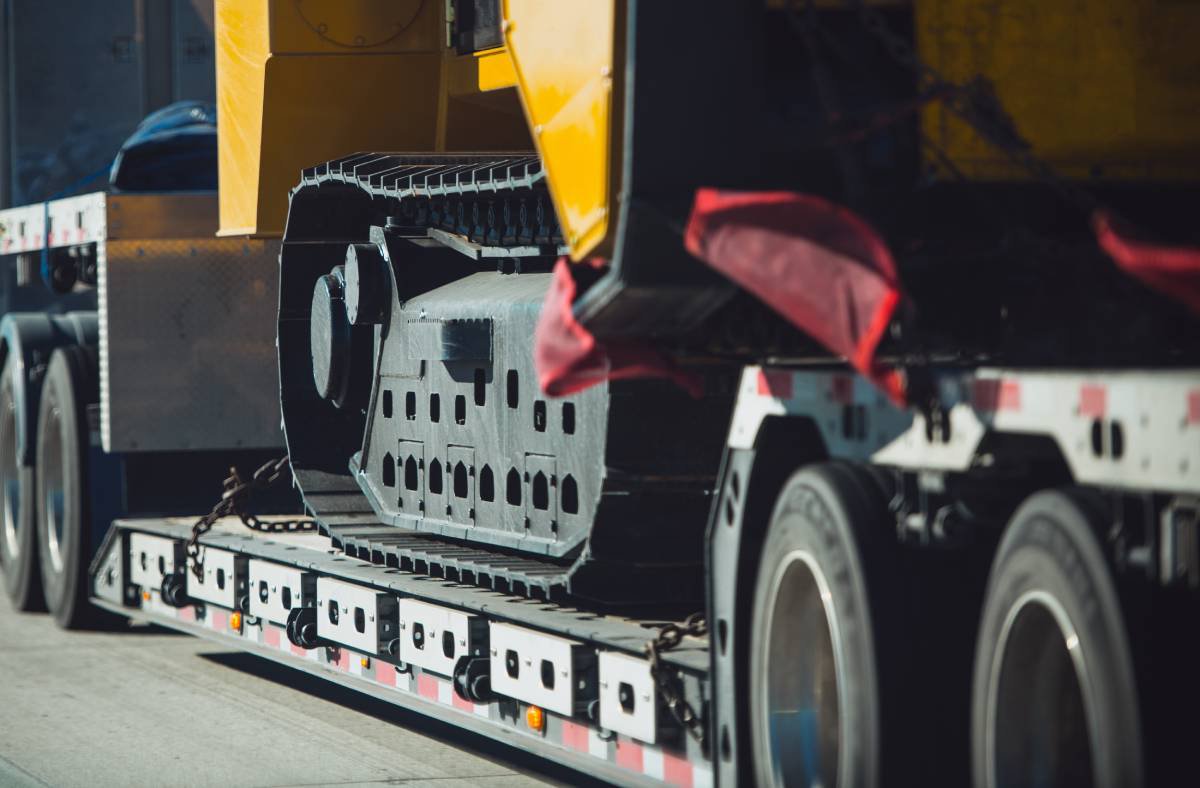
The ‘official’ name is an excavator, however, this machine has many different names. You’ll often hear them referred to as JCBs (which is one of the most popular manufacturers of excavators) or diggers as is the most common term in the UK.
What is an excavator used for?
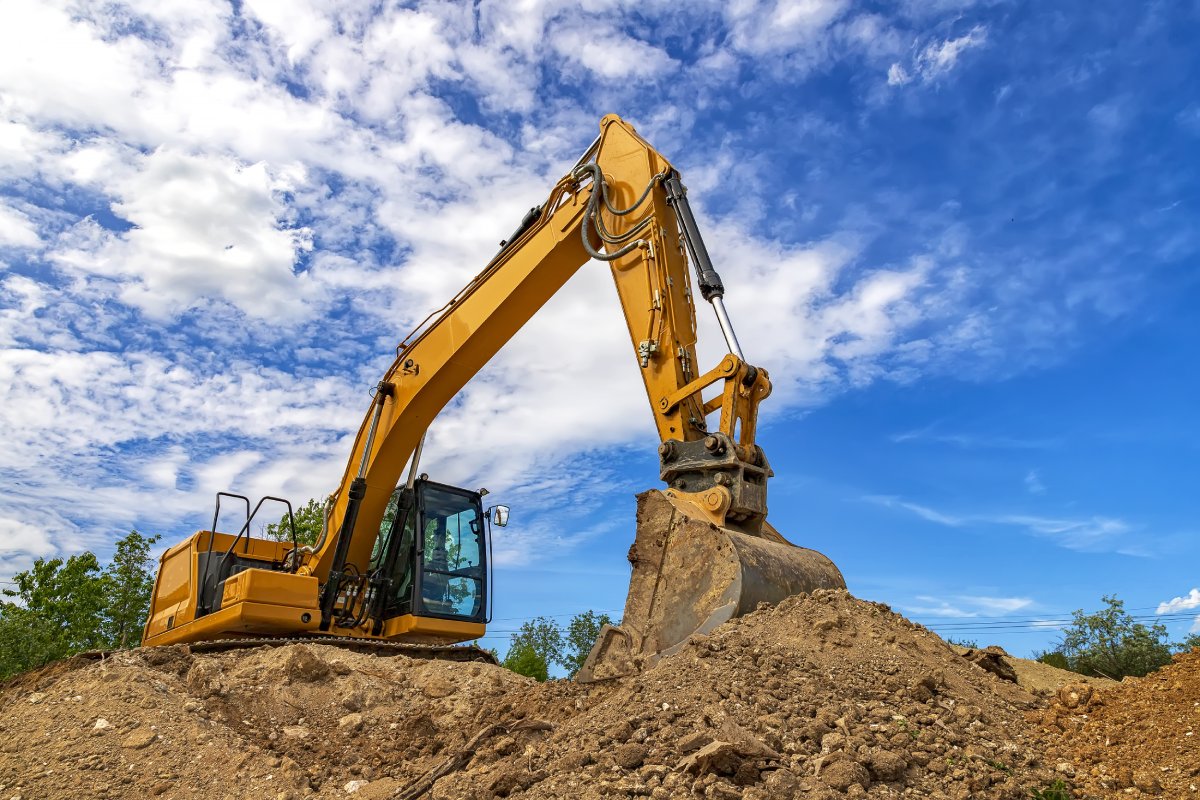
Excavators, or diggers, can be used to complete a plethora of different tasks, depending on your chosen attachment. For example:
- Digging trenches, holes, and foundations
- Handling and moving materials
- Brush cutting
- Mowing
- Forestry work
- Forestry mulching
- Demolition
- Mining
- River dredging
- Hydro excavation
- Driving piles
- Drilling shafts
- Rock blasting
- Snow removal/ploughing.
Backhoes can also be used for similar tasks depending on the attachments used and the size and scale of the task at hand.
Final thoughts
So, let’s recap what we’ve learned:
- The main differences between excavators and backhoes are their capabilities in terms of the size and scale of project.
- Excavator is the official term, but they are often referred to as diggers, particularly in the UK.
- Excavators are used for a wide variety of different jobs, depending on the attachment (e.g., anything from digging trenches, mulching, mining, demolition, and snow ploughing).
As you can see, there are a number of similarities between excavators and backhoes, it simply comes down to size and scale. Both machines are exceptionally useful in landscaping, construction, and industrial capacity.
We hope that you’ve found this article helpful and that you now have a much better idea as to which machine will be best suited to your project.




